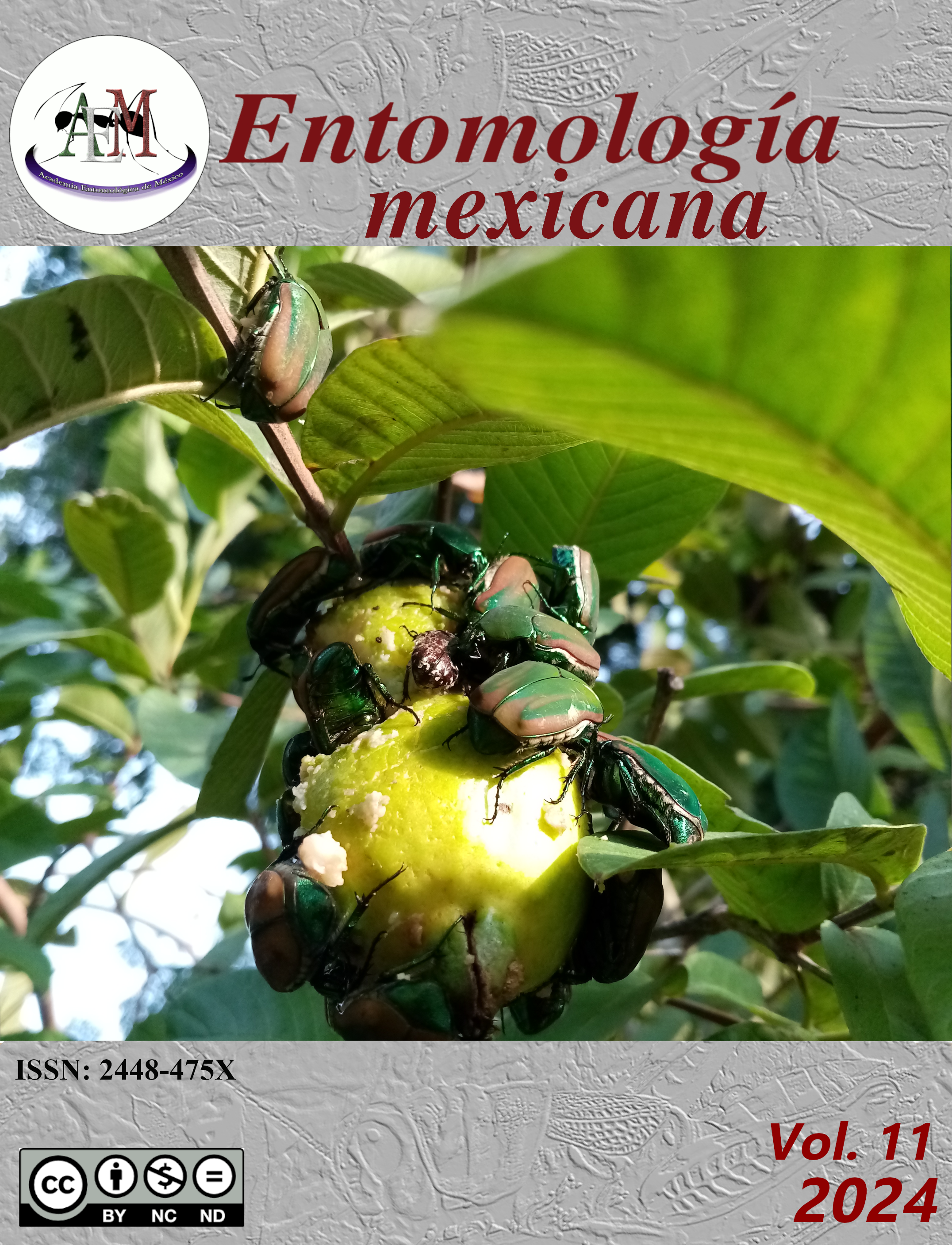Hemisotoma thermophila (AXELSON, 1900) (ENTOMOBRYOMORPHA: ISOTOMIDAE) IN MASS LOSS IN FRESH COMPOST
Main Article Content
Abstract
Springtails have been recorded at high densities and in different types of compost, but the role they play in the composting process is unknown. It is hypothesized to be similar to that produced during the decomposition of leaf litter in natural environments, namely, aiding in fragmentation and enhancing microclimatic conditions for the microbiota. This study investigates the impact of Hemisotoma thermophila on the mass loss of freshly composted material via microcosm experimentation. Over a six-month period, the fluctuation in weight of one gram of compost was monitored. Despite observing mass loss in both treatments—control (without springtails) and experimental (with springtails)—no significant differences were detected. This could be attributed to compost composition and the absence of other organisms, such as mesofauna or microbiota, which may enhance resource availability for H. thermophila.
Downloads
Article Details

This work is licensed under a Creative Commons Attribution-NonCommercial-ShareAlike 4.0 International License.

